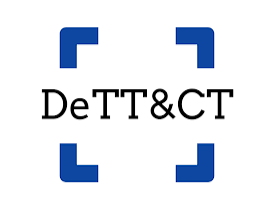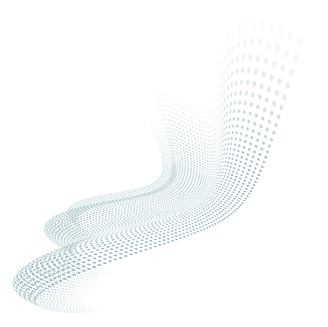Mitre detect framework or MITRE ATT&CK stands for MITRE Adversarial Tactics, Techniques, and Common Knowledge. It was developed in 2013 as a result of MITRE's Fort Meade Experiment (FMX), in which researchers simulated both adversary and defender behavior in order to improve threat detection through post-compromise behavioral analysis.
MITRE, a non-profit organization funded by the United States government, created the Mitre detect framework. The Mitre detect framework is a cybersecurity knowledge base based on real-world observations of adversary tactics and techniques.
This framework can be applied to various aspects of cybersecurity. It assists organizations in improving their threat intelligence and, as a result, their defenses against attacks. The Mitre detect framework is supported by a knowledge base of adversarial techniques created by the community. This framework enables security professionals to share information efficiently, ultimately contributing to a higher level of security globally EDR. Let's walk through this comprehensive guide to grasp a better understanding of the Mitre detect framework.

Understanding the Mitre detect Matrix
The MITRE ATT&CK matrix is a collection of techniques used by adversaries to achieve their goals. In the Mitre detect framework matrix, these goals are referred to as tactics.
Tactics are the primary part of the Mitre detect framework, representing the underlying motivation for an ATT&CK technique. Tactics group together an attacker's various methods, such as persisting, moving laterally, executing files, discovering information, and exfiltrating data. The objectives are presented in a linear way, starting with reconnaissance and ending with exfiltration or "impact."
Enterprise MATRIX.
The MITRE ATT&CK Enterprise Framework currently consists of 14 Mitre detect framework tactics, which are as follows:
- Reconnaissance: The adversary collects information for future operations.
- Resource Development: The adversary creates resources that can be utilized to support the operation.
- Initial Access: The adversary tries to gain access to the network.
- Execution: The adversary tries to run malicious code.
- Persistence: The adversary tries to keep their foothold.
- Privilege Escalation: The adversary seeks to gain more privilege by exploiting any remaining vulnerability.
- Defense Evasion: The adversary tries to evade detection. For instance, using trusted processes to cover up malware.
- Credential Access: The attacker tries to get access to usernames and passwords.
- Discovery: The adversary tries to comprehend the environment in order to plan future attacks.
- Lateral Movement: The adversary moves through the environment, pivoting through multiple systems using legitimate credentials.
- Data collection: The adversary collects data of interest in accordance with the attack purpose.
- Command and Control: To control compromised systems, the adversary communicates with them.
- Exfiltration: The adversary steals the information gathered.
- Impact: The adversary modifies, disrupts, or destroys systems and data.
Mobile matrix.
The MITRE ATT&CK mobile framework, like the Enterprise framework, includes 14 Mitre detect framework tactics. These are their names:
- Initial Access: The adversary tries to gain access to your device.
- Execution: The attacker tries to run malicious code.
- Persistence: The adversary tries to keep a foothold.
- Privilege Escalation: The adversary seeks to gain higher levels of authorization.
- Defense Evasion: The opponent tries to evade detection.
- Access to Credentials: The adversary tries to get access to credentials that can be utilized to access resources.
- Discovery: The adversary seeks out information about the environment.
- Lateral Movement: The adversary tries to go ahead to navigate the environment..
- Data collection: The adversary tries to gather data of interest.
- Command and Control: The adversary tries to connect with infected systems.
- Exfiltration: The adversary attempts to steal details.
- Impact: The adversary tries to manipulate, disrupt, or destroy your devices and data.
- Network effects: The adversary tries to invade or manipulate traffic to or from a device via the network.
- Remote Service Effects: The adversary tries to control the device through the use of remote service.
Conclusion.
Mitre detect framework is a detailed and cross-referenced knowledge repository about actual adversary groups and their known behavior. Mitre detect framework also informs us about adversaries' strategies, tactics, and methods.
The primary distinction between Mitre detect framework and existing threat modeling lifecycle models is that it is designed from the standpoint of an attacker. As a result, it is an essential tool for learning and assessing adversary tactics in order to have a strong defense mechanism in place.
The breadth of knowledge provided by the Mitre detect framework is difficult to grasp in a single sitting. However, one should not be afraid to invest time and conduct a thorough evaluation of the framework.
Xcitium Cybersecurity provides analytic detection with Mitre detect framework visibility for real-time event correlation and threat root-cause analysis. On the external horizon, this platform provides visibility into the threat landscape, and Mitre detect framework vectors and indicators of compromise (IOCs). Visit for more.

